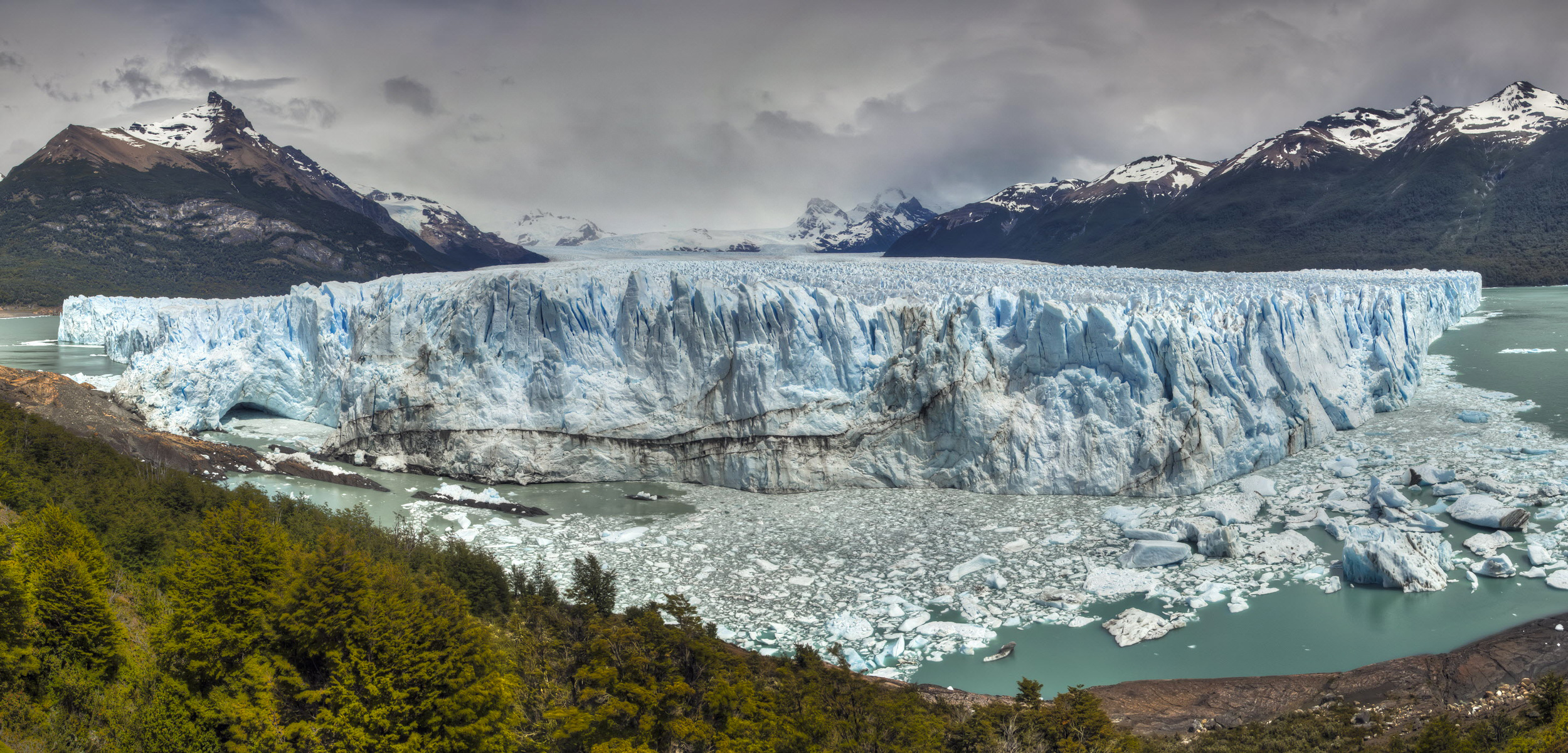In an exercise which sourced data from satellite archives, researches have come up with more precise figures for the loss of ice from glaciers, in fact from some 220,000 glaciers but excluding the ice sheets of Greenland and Antarctica. This has been made possible by the ability to precisely track changes in surface elevation, with confirmation from other, albeit more limited, high precision studies.

The average annual rate of ice loss for 2001 – 2019 has been calculated as close to 267Gt but increasing from 227Gt in the first five years of this period to 298Gt in the later years. Despite the much improved accuracy it is still not possible to come up with absolutely precise figures but the authors of the Nature paper estimate that the acceleration in this loss amounts to approximately 48Gtpa each decade. These are not uniform figures, in fact varying considerably between different areas of the world. For example the NW USA glaciers show strong acceleration in ice loss while those of the Karakoram are only just starting to lose mass after their anomalous gains until recently.
The most obvious result of ice loss is that sea levels will rise and combined with ice sheet reduction will threaten nearly all coastal areas. Communities relying on melt water from glaciers will notice many changes depending on the local conditions. In glacier retreat times the river flow will increase and may delay the eventual necessary adaptation to changed circumstances. Part of this increased flow may come from a higher proportion of precipitation being in the form of rain rather than snow though this will depend on climate changes other than those of temperature. Should the feed glacier completely disappear the river flow will change dramatically. Meltwater will be taken out of the equation, annual flow will decrease and the summer maximum may become be a minimum especially in areas of winter rainfall and dry summers.

Amorina Kingdon in a Hakai magazine article went very much further than my own thoughts above, identifying five effects of melting glaciers and ice sheets.
An effect she identified, which does not immediately come to mind, is the release of contaminants deposited decades ago but which are no longer permitted. Thus Adélie penguins have been found to ingest considerable quantities of DDT even though this has been banned and little used (not a necessary consequence!) for nearly 50 years. Similarly PCBs and CFCs are still leaching out from ice, much as they have been for a long time but now in greater quantities.
Just as toxins are released so also bacteria and viruses. This is particularly the case, not just in retreating glaciers, but also thawing permafrost. In 2016 when an anthrax outbreak of initially unknown source killed a boy and large numbers of reindeer in Siberia, it was found to originate in a reindeer carcass previously preserved in the permafrost.
As glaciers develop they push debris in front of them and accumulate material on their sides from normal erosion of the surrounding mountains, such debris comprising, respectively, terminal and lateral moraines. When the glacier retreats the remaining moraines form a natural dam which but often with weak spots. When the water breaks through such a place the resulting flood water can wipe out villages, man-made dams and hydroelectric power stations. The recent widely publicised flood in the Himalayas was in fact not caused in this way but nevertheless could well be attributed to the effect of warmer conditions on ice. It seems that a crack developed in packed snow and ice at about 5600m resulting after many months in a mass of ice and rock falling about 1800m into the valley below. On its way it collected more ice and rocks, with some of the ice melting under the influence of falling rocks. In 2008 a glacial lake outburst flood in Chile carried some 25 million cu m of sediment downstream.
Blogger’s note: In my student days the power of such floods was brought home by the relationship of increased river flow to potential effect. Competence, which is the maximum size of material which can be carried, varies with the sixth power of the velocity. So a fivefold increase in velocity which may not seem unduly high has the potential to transport rocks 15,000 times more massive. On the other hand capacity, which represents the total weight which can be carried, varies with the third power of velocity, still a 125 fold increase.
A Norwegian study on one glacier predicted that the sediment in the meltwater would double between 2070 and 2100. On the way to the sea this can cause sedimentation, flooding and course changes. At the sea it can reduce light which supports photosynthesis or introduce nutrients to promote life.
Finally Kingdon commented on changing coastlines not just from disastrous sea level rises but also from the retreat of ice sheets and glaciers which can leave a pattern of islands and shorelines scarcely known previously and presenting a nightmare for cartographers anxious to keep their maps and charts up to date. In contrast where thick ice sheets melt as in Greenland the isostatic rebalancing resulting from the removal of this mass of ice can cause the land to rise far faster than the sea level rise
Sources: Hugonnet, R., McNabb, R., Berthier, E. et al. Accelerated global glacier mass loss in the early twenty-first century. Nature 592, 726–731 (2021). https://doi.org/10.1038/s41586-021-03436-z. Reuters The Guardian https://www.hakaimagazine.com/
